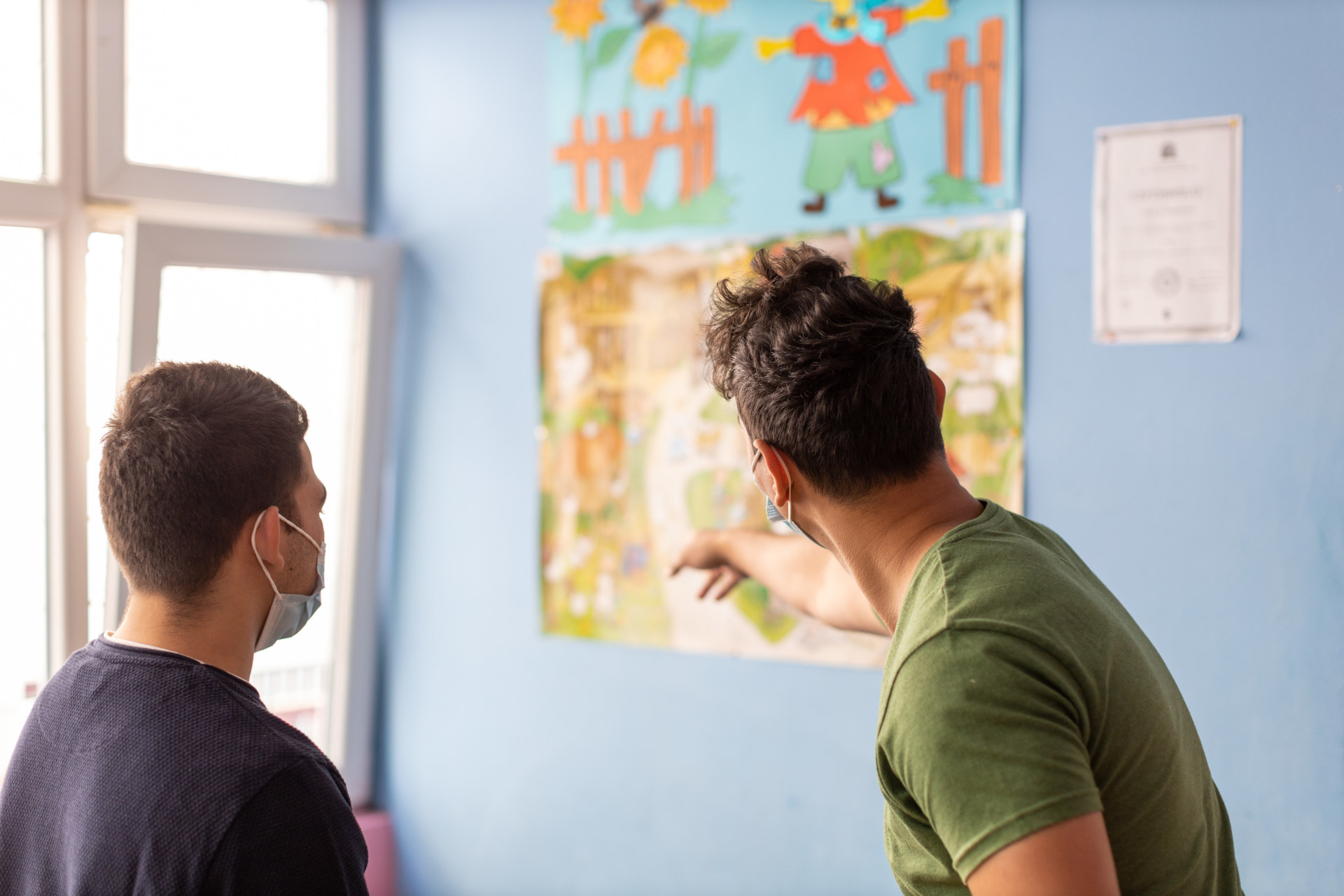“Our house looks, in a way, maybe, poor,” he said. “But, in a way, also normal.”
Boško is quick with a smile. He seems at once sure of himself and self-conscious. One of the middle children in a large family, Boško, who belongs to the Roma community, lives in Belgrade with his brother, two out of his four sisters, and his parents. The family home contains two rooms: one large one, and one small one. The small one is the bathroom. (There’s no television.)
The rest of his family lives in houses very close by; his father’s aunt, his grandfather. There’s a decently-sized yard in the front, where he used to play a lot with his siblings and other kids from the neighborhood. A small park nearby was another frequent favourite.
The city where he has lived for his entire life, he says, has recently become a more beautiful place. But he can’t put his finger on exactly why he feels that way.
Boško needed food. That’s why he used to sell paper tissues, the ones that come in little pocket-sized packages, to cars stopped at traffic lights.
Starting from when he was 6 years old – an age when most of his peers were learning multiplication and division, becoming more athletically coordinated, and developing their self-identity – he worked from sunrise to sundown, from 8 a.m. to 10 p.m. But it wasn’t always enough.
I felt very awkward because my classmates used to see me there. My teachers, too.
Boško
He was 9 when he entered the drop-in shelter for the first time. Outreach workers from the drop-in shelter had started coming to the street where he was working, trying to build trust and motivate him and the others to come to the drop-in shelter. Boško refused at first, because he was scared and didn’t know what to expect.
But, after the local centre for social work got involved, he accepted the help.
“After three days I decided to go there. And I was clear with myself: if I like it I’ll stay, if I don’t I just won’t go anymore. Well, the first day was great. I hung out with other kids, watched cartoons, talked to the tutors and the volunteers. I really liked it. I started to go to the drop-in shelter almost every day.” - Boško.


